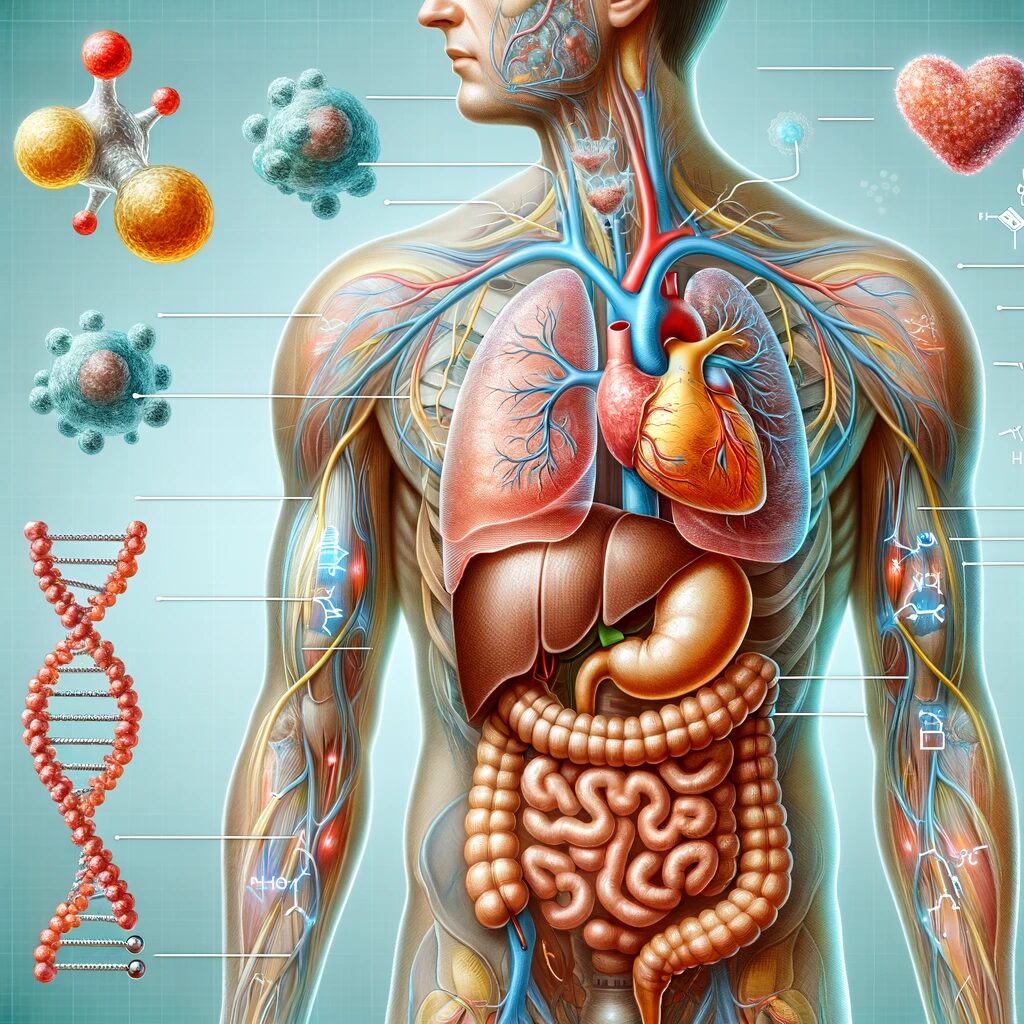Familial Amyloidosis, though rare, casts a significant shadow over the lives of those who carry its genetic signature. As someone intimately acquainted with this condition, along with my mother and two brothers, I’ve come to understand its nuances, challenges, and the unique perspectives it offers.
Understanding Familial Amyloidosis:
Familial amyloidosis refers to a group of inherited disorders characterized by the abnormal accumulation of amyloid proteins in various tissues and organs throughout the body. This condition is caused by mutations in genes responsible for producing certain proteins, leading to the formation of amyloid fibrils that gradually impair the function of affected organs.
Personal Journey:
Living with familial amyloidosis is a journey marked by resilience, adaptation, and unwavering support from loved ones. In my family, the diagnosis was not a verdict but a call to arms against a formidable opponent. With the knowledge that we share this genetic predisposition, we have forged a bond of understanding and solidarity that transcends the limitations imposed by the condition.
Symptoms and Effects:
The symptoms of Familial Amyloidosis can vary widely depending on the organs affected and the severity of the condition. Common symptoms include:
- Cardiac Issues: Such as arrhythmias, heart failure, and cardiomyopathy.
- Renal Dysfunction: Including proteinuria, kidney failure, and decreased kidney function.
- Neurological Complications: Such as peripheral neuropathy, autonomic dysfunction, and carpal tunnel syndrome.
These symptoms can significantly impact daily life, leading to physical limitations and emotional challenges. However, facing these obstacles head-on has allowed us to cultivate a deeper appreciation for the moments of joy and connection that punctuate our lives.
Treatments:
While there is currently no cure for familial amyloidosis, several treatments aim to manage symptoms and slow disease progression. These may include:
- Medications: Drugs such as tafamidis and patisiran may help stabilize TTR protein levels and reduce the formation of amyloid deposits.
- Organ Transplantation: In cases where the heart or kidneys are severely affected, transplantation may be considered to replace the damaged organ with a healthy one.
- Supportive Therapies: Physical therapy, occupational therapy, and speech therapy can help manage symptoms and improve quality of life.
Resource Links:
- Amyloidosis Foundation: A comprehensive resource providing information, support, and advocacy for individuals and families affected by amyloidosis.
- National Organization for Rare Disorders (NORD): NORD offers resources, educational materials, and support for individuals with rare diseases, including familial amyloidosis.
- ClinicalTrials.gov: A database of clinical trials investigating potential treatments for familial amyloidosis and other rare diseases. Participation in clinical trials may offer access to experimental therapies and contribute to medical research.
Conclusion:
Familial Amyloidosis may present formidable challenges, but it does not define us. We are defined by our resilience, our courage, and our unwavering determination to live life to the fullest despite the odds. Through unity, understanding, and a positive outlook, we navigate the complexities of this condition with grace and dignity, embracing each day as a gift and each challenge as an opportunity for growth.
In the face of adversity, we choose hope. In the midst of uncertainty, we find strength. And in the embrace of family and community, we discover the true meaning of resilience.

Leave a Reply
You must be logged in to post a comment.